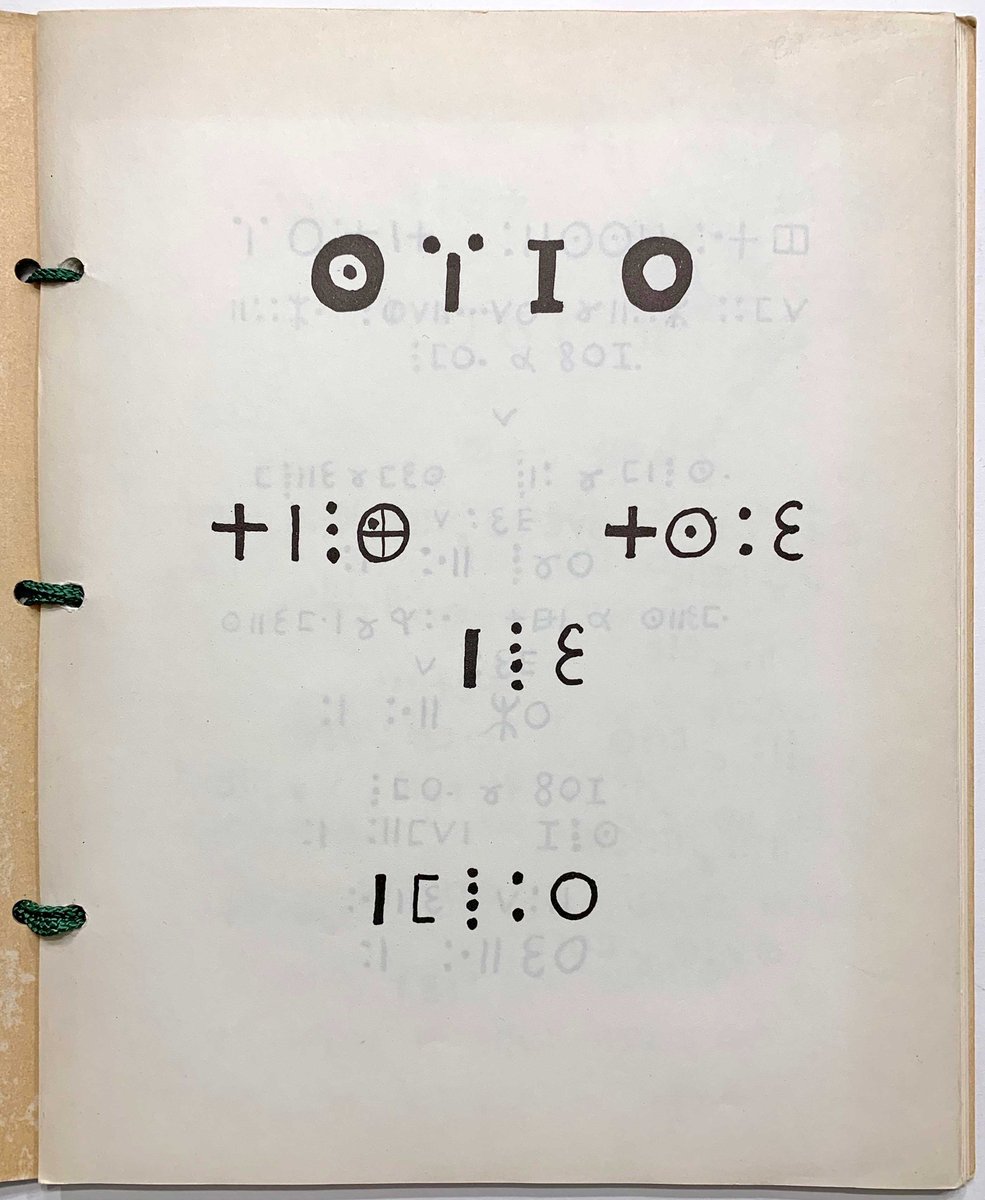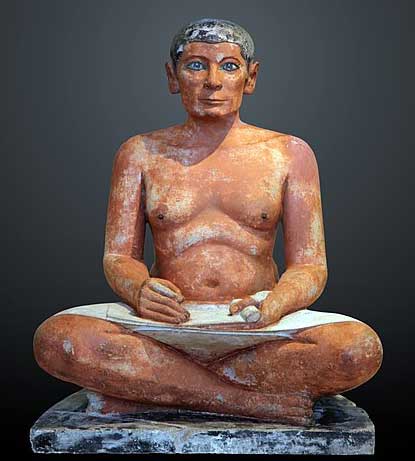An African intellectual giant - like so many from the colonial era, now largely forgotten: Saïd Cid Kaoui, a Berber born in 1859 in Amizour in Algeria, wrote the first comprehensive Tuareg language dictionary, which was published in 2 folio volumes in Algiers in 1894 & 1900. 1/ 

Denied the modest funding he'd requested from the French administration, Cid Kaoui published both volumes - over 1300 pages in total - at his own expense. They were not typeset, but painstakingly lithographed from Kaoui's manuscript draft, by the Algiers printer A. Jourdan. 2/ 

Cid Kaoui died in 1910. Because the dictionary was printed (on poor quality paper) in Algeria, not in France, his magnum opus never had the wide circulation it deserved. But he, and his dictionary, should be remembered today: this is ground zero for Tuareg linguistic studies. 3/ 



Cid Kaoui's dictionary is noticeable also for its pioneering use of the Tuareg Tifinagh script ⵜⵊⵉⵏⵗ, the ancestor of the Neo-Tifinagh script ⵜⵉⴼⵉⵏⴰⵖ now used today. It's our best surviving source for the original abjad script used to write the Tamazight languages. 4/ 



In Morocco, use of Neo-Tifinagh was suppressed until 2003. The Moroccan state arrested & imprisoned people using this script during the 1980-90s. In Libya the government of Muammar Gaddafi consistently banned Tifinagh from being used in public contexts such as store displays. 5/
In 2003, however, the king of Morocco took a "neutral" position between the claims of Latin & Arabic script by adopting Neo-Tifinagh; as a result, books are now published in this script by IRCAM - Institut Royal de la Culture Amazighe, and it is taught in some local schools. 6/ 

The fundamental difference between the indigenous Berber script, Tifinagh, & the Neo-Tifinagh script used today, is that the former is an abjad (ie only consonants are represented), while the latter is a fully fledged alphabet (there are letters for all consonants & vowels). 7/ 

This is why words written in Tifinagh ⵜⵊⵉⵏⵗ always look shorter than those in Neo Tifinagh ⵜⵉⴼⵉⵏⴰⵖ - in the former you are only seeing the consonants. Traditional Tifinagh doesn't indicate vowels except at the end of a word, where a single dot stands for any vowel. 8/ 

One of the very first ever books entirely printed in the Berber Tifinagh script was this remarkable Tamasheq translation of Antoine de St Exupéry's "Le Petit Prince", printed in 1958 and mainly distributed in Niger and Mali. 9/ 



Antoine De Saint-Exupéry's "Ag Tobol" [Le Petit Prince] in Tifinagh. Printed by the Imprimerie Nationale in Dec 1958 at the expense of the Ministry of the Sahara. Translated by Abdelkader ben el Hadj Ahmed, private sec. to Annam du Hoggar, transcribed by Micheline Monchau. 10/ 





The French press at the time of its publication wrote: "Seules les femmes touaregs pouront lire l'oeuvre de Saint-Ex. Les hommes n'ont jamais le temps d'apprendre à lire et à écrire". 11/ 



The first actual Tuareg literature printed in Tifinagh script was this little known late 1950s edition - missing from all major French libraries - of an anthology of Tuareg oral literature (originally recorded by Pere Foucault in the 1920s), printed entirely in Tifinagh. 12/ 



Accompanying the book is a booklet with a French summary of the Tifinagh text, entitled "Morceaux choisis de la littérature Targuiate. Grenier de poésies, légendes, maximes d'autrefois."
This book was likely printed at the same time as the 1958 Le Petit Prince in Tifinagh. 13/


This book was likely printed at the same time as the 1958 Le Petit Prince in Tifinagh. 13/



Asekkif n-inzaden [Hair Soup] by Ali Iken (born 1954), which recreates the failed rebellion of 1973 in the Khénifra and Goulimima regions, is considered the first modern novel written in the Amazigh language. It was published by IRCAM in Rabat in 2004. 14/ 



There's now a slow trickle of classic Western literature translated into Amazigh. I love the front cover of this "Romeo d Juliet", tarurt n [translated by] Ahmed Adghirni, and printed in Rabat in 1995. Adghirni also published a French-Amazighe legal dictionary in 1996. 15/ 



Cid Kaoui's dictionary, with its poor quality paper & fragile wrappers, is a difficult book to find in acceptable shape. I had the spine of my copy expertly strengthened by a conservationist & slipcases made, so that at least one set could be passed down in perfect condition. 16/ 

The *conservator* (not conservationist as I stupidly called him in my previous tweet) responsible for the restoration and slipcases here was Stuart Brockman, this is his usual beautiful work. 17/ 

• • •
Missing some Tweet in this thread? You can try to
force a refresh


















